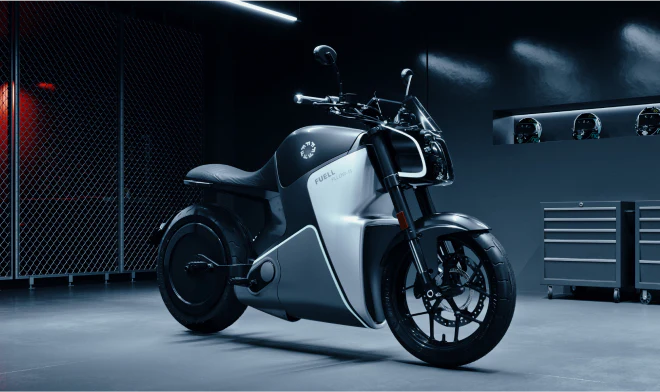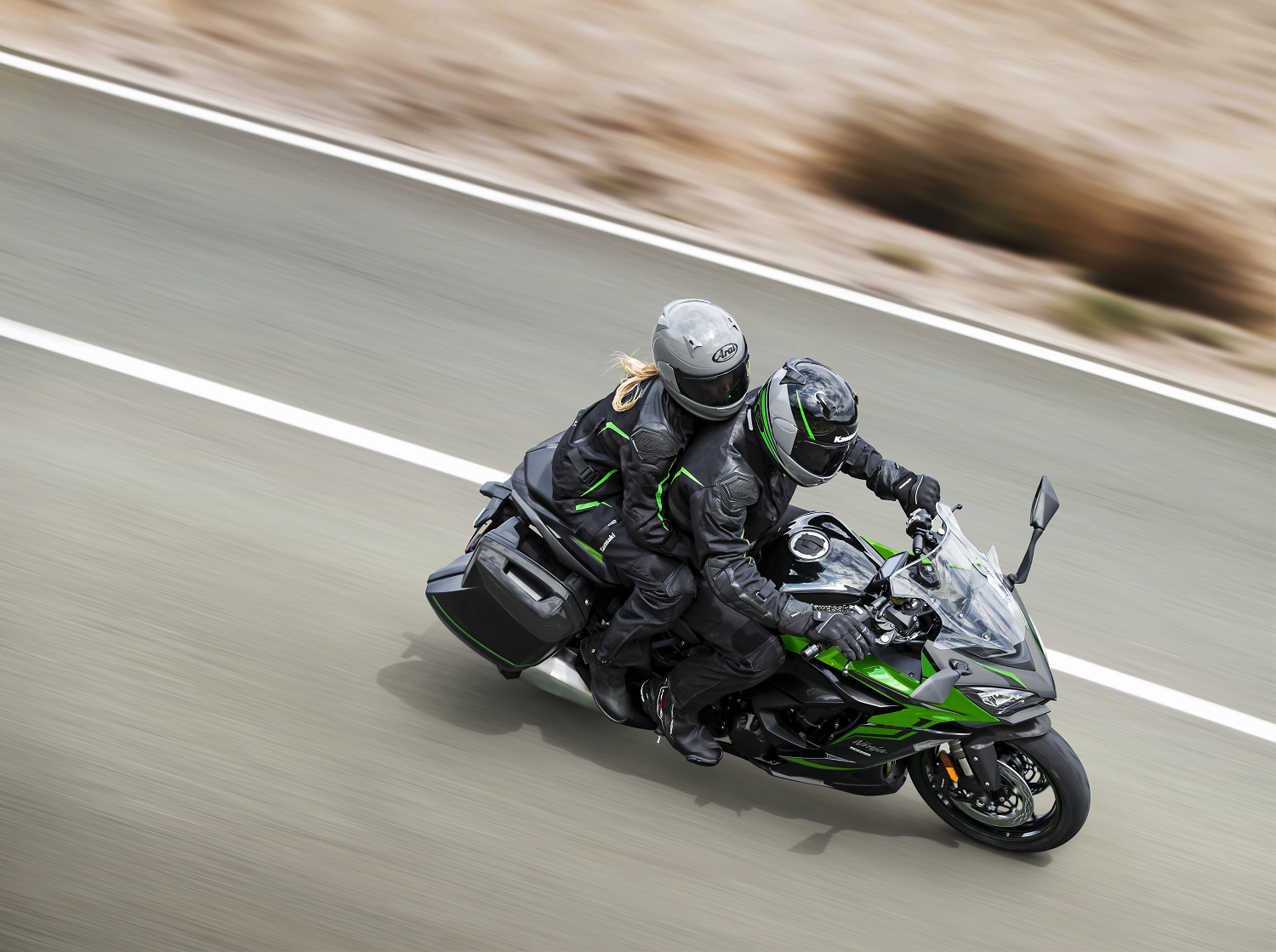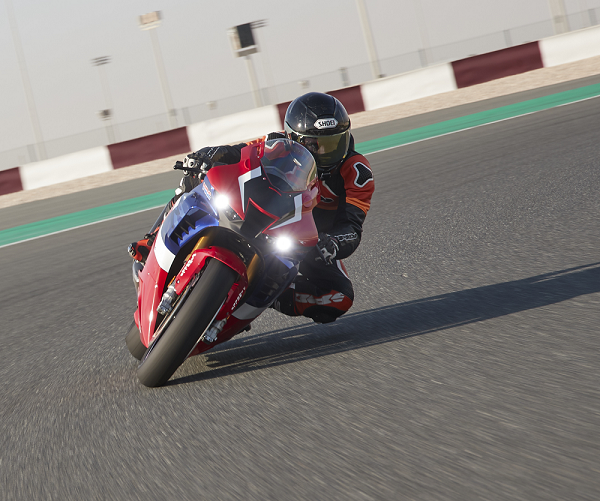2024 Honda Africa Twin - Direct injection, supercharging, radar?
With patents charting the rise of Honda’s flagship ADV bike, we take a look at the potential updates for the CRF1100L Africa Twin

A slew of patent filings in the last few years seem to be pointing us in the future direction of the much-loved Honda CRF1100L Africa Twin, with safety technology, and engine updates all looking to be on the horizon for the much-loved adventure motorcycle.
The evidence of these updates stretches back to 2019, the same year that official information about the 2020 version of the bike landed. The bulk updates centre around the bike’s parallel twin-cylinder engine, and keeping it in line with ever-tightening emissions regulations, although if the patent filings are to be believed, there could be a new piece of safety technology coming to range soon.
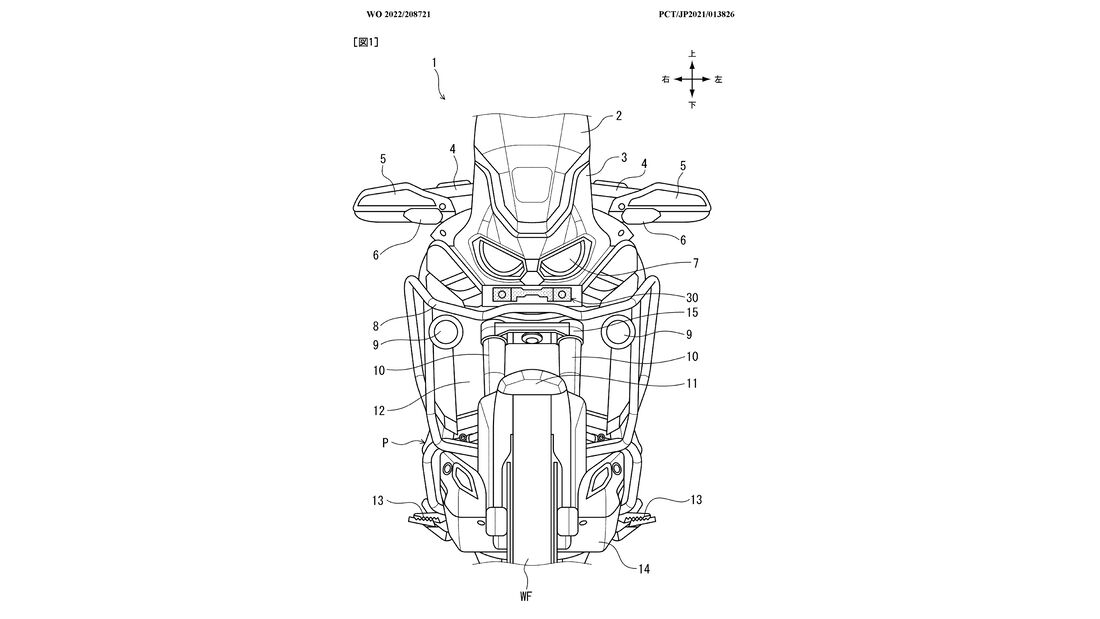
That technology is widely believed to be radar assistance, used to govern a bike’s adaptive cruise control and/or blind-spot detection. It’s a fairly sensible move from Honda to look at adding adaptive cruise and blindspot detection to the Africa Twin, given that the tech’ is already out on the roads on some competitor bikes like the Ducati Multistrada V4, Triumph Tiger 1200 GT and Rally Explorer, and KTM 1290 Super Adventure. It is also widely assumed that the incoming BMW R 1300 GS, thought to be getting revealed later this year, is also gaining radar assistance, meaning an Africa Twin updated for the new model year without the technology would stick out like a sore thumb!
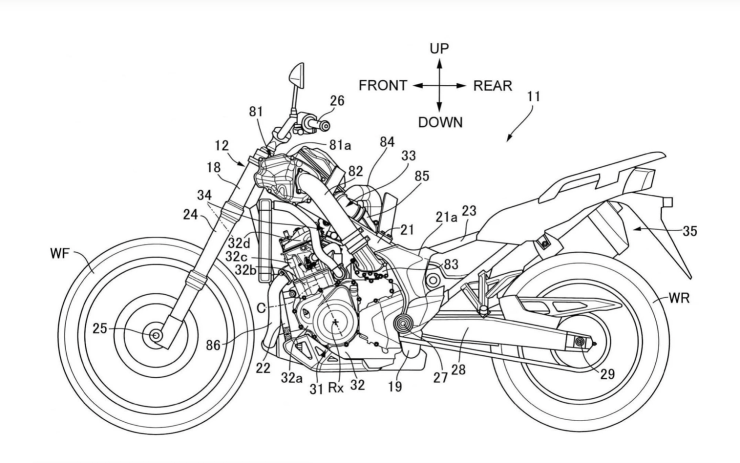
Moving on from electronic technology, the next two updates that could be landing on the Africa Twin in the coming year centre around the engine, and while both could offer rideability benefits, they are both likely to also help the bike get through the latest band of emissions regulations.
The first is direct injection, and we’ve seen the patents for this as far back as 2019, the same year the 2020 edition of the bike was announced. The move could clean up the Africa Twin’s exhaust emissions and do so without the inclusion of a complex and expensive to design and make VVT system - as found on some competitor bikes. The problem lies with valve overlap when the intake and exhaust valves both remain open at the same time for a brief period to help with the induction of freshly charged air and fuel. Valve overlap is fine at high revs, but at lower engine speeds it can lead to unburnt fuel escaping through the exhaust valve and out into the atmosphere. One way to get around this is to utilise direct injection, which can be tuned to squirt the fuel straight into the combustion chamber, timed to the nano-second and metred to very precise amounts. In this way, the system can inject fuel into the combustion chamber at just the right moment so it avoids the overlapping valves, preventing that unburnt fuel from escaping down the exhaust and reducing the bike’s hydrocarbon output.
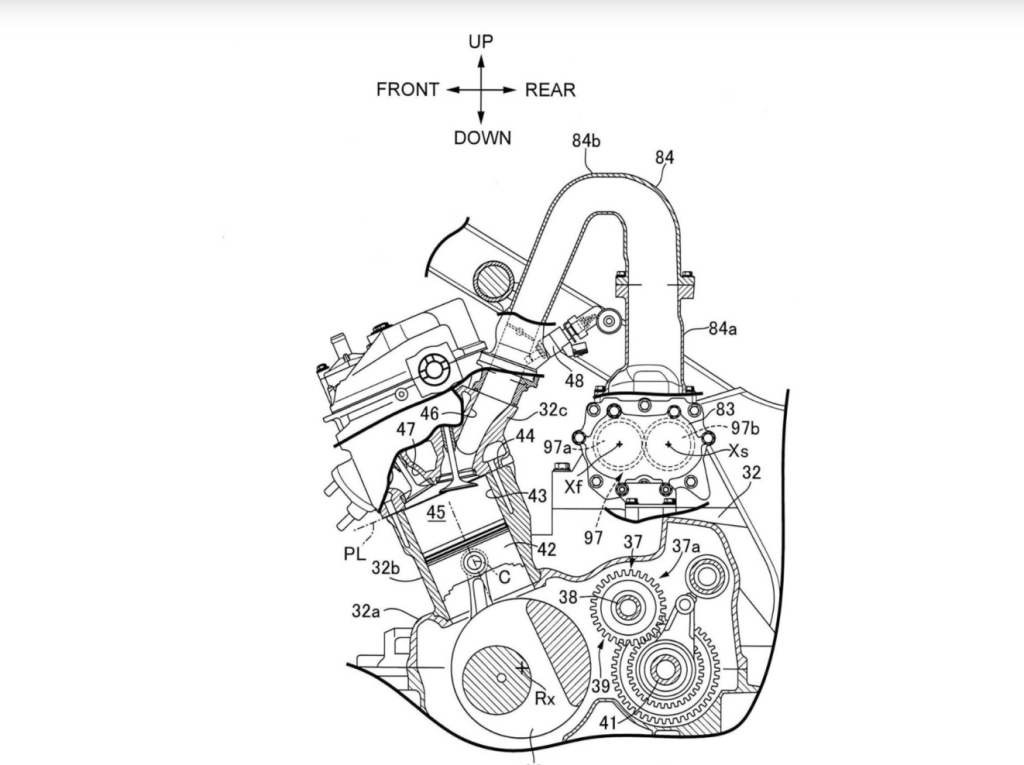
The final update that could be on the horizon for the Africa Twin is supercharging, and while that might seem like a pipe dream, it actually makes quite a bit of sense. The system we’ve seen in patents shows a crank-driven volumetric supercharging system, that would provide the bike with an increase in torque from low-down in the rev range and right the way through to the redline. It’s that consistent punch throughout the revs that makes this an exciting prospect on a bike like an Africa Twin.
Now, we cannot say for sure if all of these updates will be appearing on the next gen’ Africa Twin (widely thought to be arriving later this year) although the EICMA show in November will likely be the first time we get a look at any updates for 2024 should they be arriving.
